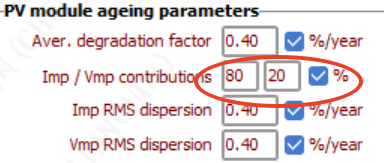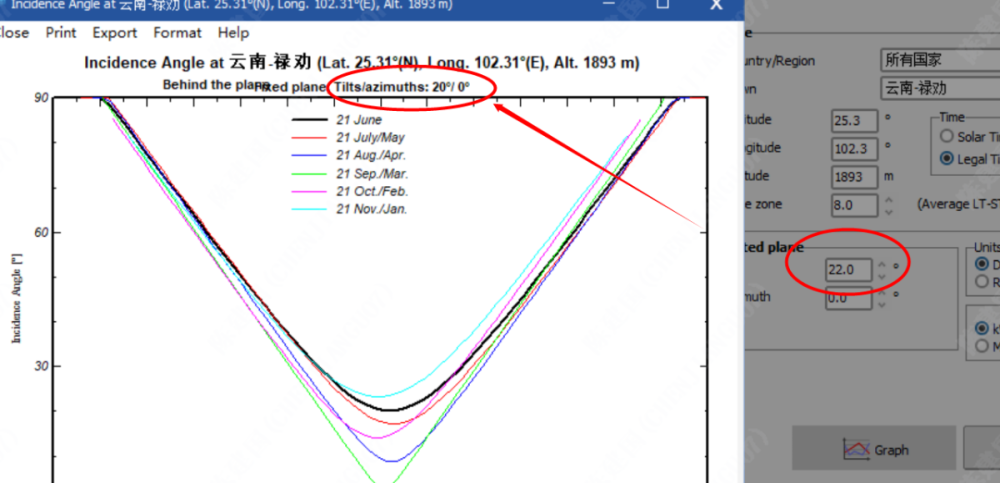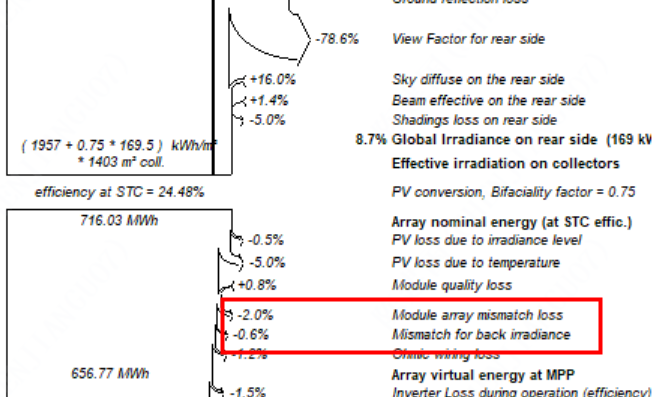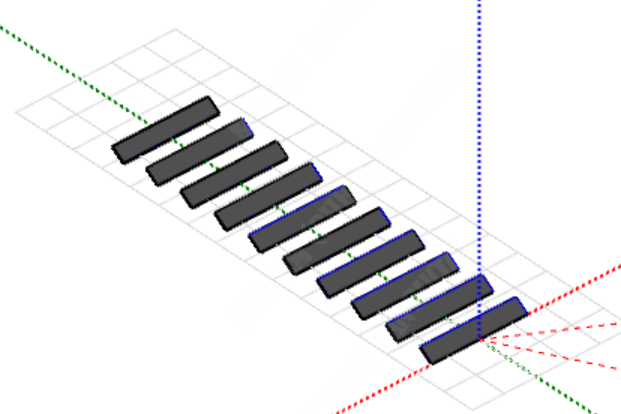-
Posts
44 -
Joined
-
Last visited
Recent Profile Visitors
The recent visitors block is disabled and is not being shown to other users.
-

Report shows spectral correction applied even when it isn't
Chen replied to LauraH's topic in Problems / Bugs
OK, thanks -

Report shows spectral correction applied even when it isn't
Chen replied to LauraH's topic in Problems / Bugs
what does the C0 C1 C2..C5 mean? thanks! -
Chen started following Luca Antognini
-
Dear PVsyst team: For the Imp/Vmp contributions 80/20%, is there any relevant literature to support the value of this parameter? Thank you!
-
OK,thanks
-
Ok,I wonder if our software can be considered this.
-
Dear sir: For the bi-facial module system , when calculating the cable loss of strings, should the current on the rear side of the modules be considered in our software? thanks!
-
-
ok,I agree with your viewpoint, but do you think this calculation is reasonable? if the fornt side of module receive irradiance of 1000 W/m², and the rear side of module receive irradiance of 200 W/m², front side:(f × 22- f × 22) / (f × 22) = 0% (relative) rear side:(f × 21.34 - f × 22) / (f × 22) = -3% (relative)







